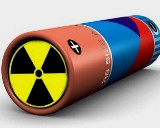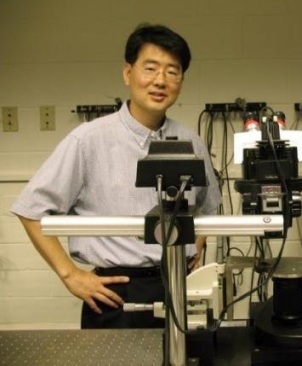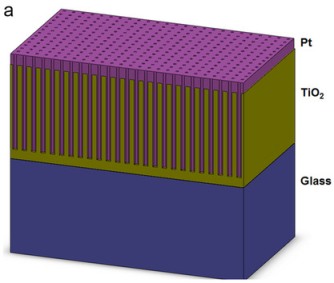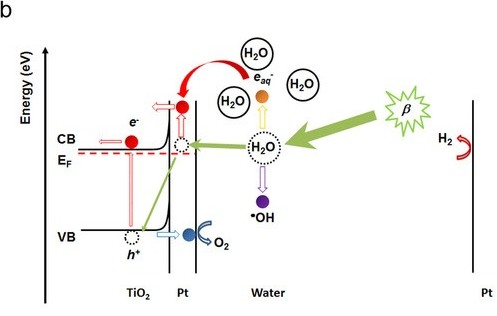Nuclear batteries
 As far back as the 1950s, betavoltaics — a technology for extracting the energy of beta radiation — was considered by scientists to be the basis for creating new energy sources in the future. Today, there are real grounds for confidently asserting that the use of controlled nuclear reactions is inherently safe. Dozens of nuclear technologies are already used by people in everyday life, such as radioisotope smoke detectors.
As far back as the 1950s, betavoltaics — a technology for extracting the energy of beta radiation — was considered by scientists to be the basis for creating new energy sources in the future. Today, there are real grounds for confidently asserting that the use of controlled nuclear reactions is inherently safe. Dozens of nuclear technologies are already used by people in everyday life, such as radioisotope smoke detectors.
So, in March 2014, scientists Jae Kwon and Bek Kim from the University of Missouri, Columbia, USA reproduced the world's first working prototype of a compact power source based on strontium-90 and water. In this case, the role of water is an energy buffer, which will be explained below.
The nuclear battery will operate for years without maintenance and will be able to produce electricity due to the breakdown of water molecules as they interact with beta particles and other decay products of radioactive strontium-90.
The power of such a battery should be fully sufficient to power electric vehicles and even spaceships.The secret of the new product lies in the combination of betavoltaics and a fairly new physics trend — plasmon resonators.
 Plasmons have been actively used in the last few years in the development of specific optical devices, including ultra-efficient solar cells, completely flat lenses and special printing ink with a resolution many times higher than the sensitivity of our eyes. Plasmonic resonators are special structures capable of both absorbing and emitting energy in the form of light waves and in the form of other forms of electromagnetic radiation.
Plasmons have been actively used in the last few years in the development of specific optical devices, including ultra-efficient solar cells, completely flat lenses and special printing ink with a resolution many times higher than the sensitivity of our eyes. Plasmonic resonators are special structures capable of both absorbing and emitting energy in the form of light waves and in the form of other forms of electromagnetic radiation.
Today, there are already radioisotope energy sources that convert the energy of the decay of atoms into electricity, but this does not happen directly, but through a chain of intermediate physical interactions.
First, the tablets of radioactive substances heat the body of the container they are in, then this heat is converted into electricity by means of thermocouples.
A huge amount of energy is lost at each stage of the conversion; of this, the efficiency of such radioisotope batteries does not exceed 7%. Betavoltica has long not been used in practice due to the very rapid destruction of battery parts by radiation.


Research has shown that these decayed parts of water molecules can be used to directly extract the energy they absorb as a result of collisions with beta particles.
In order for the water nuclear battery to work, a special structure of hundreds of microscopic columns of titanium oxide covered with a platinum film, similar in shape to a comb, is needed. In its teeth and on the surface of the platinum shell, there are many micro-pores through which the indicated products of water decomposition can penetrate into the device. So, during the operation of the battery, a number of chemical reactions take place in the "comb" — the decomposition and formation of water molecules occurs, while free electrons arise and are captured.
The energy released during all these reactions is absorbed by the "needles" and converted into electricity. Due to the plasmons appearing on the surface of the pillars, having special physical properties, such a water-nuclear battery reaches its maximum efficiency, which can be 54%, which is almost ten times higher than classical radioisotope current sources.
The ionic solution used here is very difficult to freeze even at sufficiently low ambient temperatures, making it possible to use batteries made with the new technology to power electric vehicles and, if properly packaged, also in spacecraft for different purposes.
The half-life of radioactive strontium-90 is approximately 28 years, so Kwon and Kim's nuclear battery can operate without significant energy loss for several decades, with a power reduction of only 2% per year.Scientists say that such parameters open a clear prospect for the ubiquity of electric vehicles.
